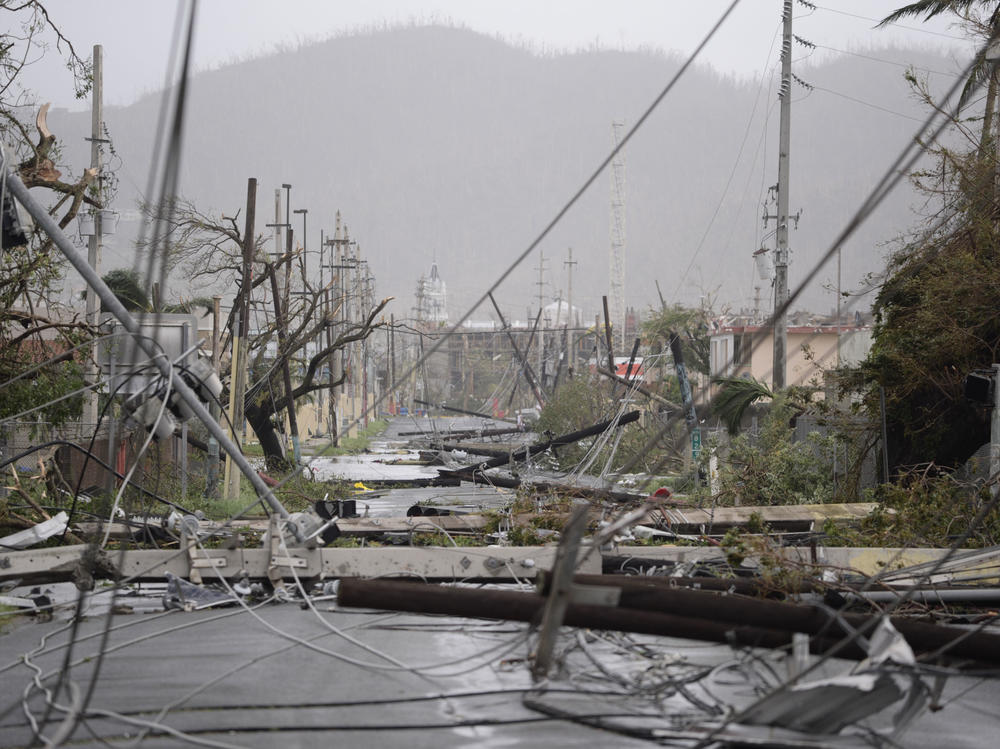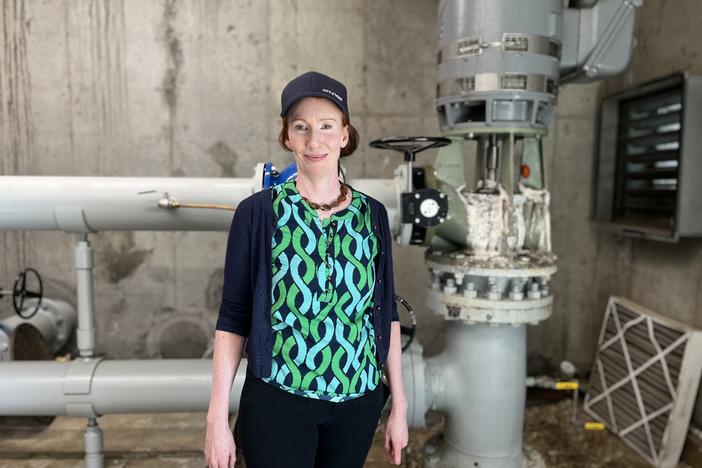Section Branding
Header Content
Solar energy could be key in Puerto Rico's transition to 100% renewables, study says
Primary Content
It's becoming clearer how Puerto Rico might meet its goal of getting 100% of its electricity from renewable energy sources by 2050.
Half-way through a two-year federal government study, called PR100, researchers concluded the island has significantly more renewable energy potential than it needs. The report was released Monday. Researchers found there's a preference among many residents for "distributed energy," which is generated near where it's used. Rooftop solar panels are the most common example of that.
"We were able to prove that these systems are resilient to hurricane winds, and they can provide pretty fast power, within hours after a storm," says Agustín Carbó, Director of the Department of Energy's Puerto Rico Grid Modernization and Recovery Team. He says the current system of fewer, centralized and larger power plants takes longer to restore electricity across the island, especially in remote and mountainous regions.
Last year the DOE's National Renewable Energy Laboratory, with funding from the Federal Emergency Management Agency, began studying options to transition the island to 100% renewable energy by 2050. The goal is to build an electricity system that is more resilient against future storms, which climate change research shows will be bigger and more powerful.
The plan is to transition away from imported fossil fuels — petroleum, natural gas and coal — to cleaner sources such as solar and wind. Another goal is to make electricity more affordable. The island's power rates are about twice as high as average rates across the U.S. The federal study is expected to be completed by the end of this year.
Four different scenarios have been modeled to meet Puerto Rico's targets — all include more rooftop solar combined with battery storage. First is a focus on installing distributed energy on buildings where owners could then get the financial benefits of generating electricity. The second focuses on critical services, such as hospitals, fire stations and grocery stores. The third includes prioritizing deployment in remote and low-to-moderate income households to distribute benefits equitably. The final option is to install solar panels on as many other rooftops as possible.
Even before all those solar panels can be installed, study authors say the island needs more utility-scale electricity generation.
"Significant additional generation capacity is obviously needed immediately to improve reliability, which is an issue that all of us in Puerto Rico have been struggling (with) after Hurricane Maria and Fiona," says Carbó, who formerly chaired the Puerto Rico Energy Commission. He says fossil fuels will still be needed in the short-term while the island works to meet its 100% renewable goal.
The Department of Energy and FEMA are gathering input for the study with an advisory panel of nearly 100 people and 50 public, private and nonprofit organizations.
"For far too long, Puerto Ricans have lived with an outdated and expensive electric system where needless obstacles and long delays have prevented critical improvements," said Secretary of Energy Jennifer Granholm in a written statement accompanying a progress report on the study.
Puerto Rico's grid collapsed in 2017 after Hurricane Maria hit the island, killing at least 3,000 residents. Months afterward crews struggled to restore generating capacity and rebuild the transmission lines. After years of discontent over mismanagement and corruption at the U.S. territory's public power company, Puerto Rico Electric Power Authority, was privatized.
Last September, Hurricane Fiona brought over 30 inches of rain to some areas and again knocked out power on the island. There's widespread dissatisfaction with the private company, LUMA, which the government awarded a $1.5 billion contract to operate the grid.
Copyright 2023 NPR. To see more, visit https://www.npr.org.
Bottom Content




